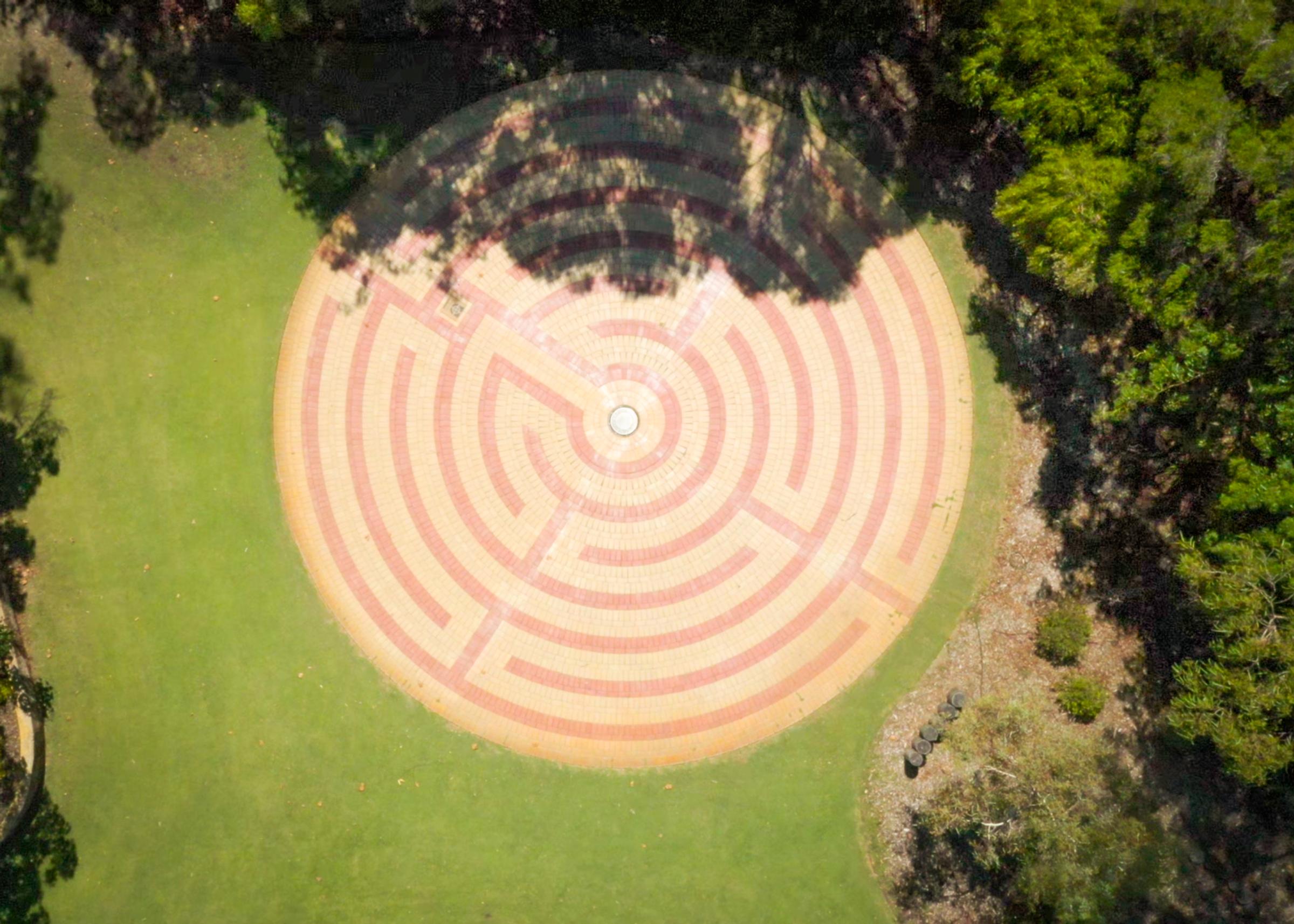Liturgy

Next week, Community Mass will be prepared by students in Year 7. Families are also welcome to come to this ‘user-friendly’, joyous celebration for the First Sunday of Advent. Parents are also welcome to stay for coffee in the Circle of Friends Café afterwards.
Community Mass Summary
- Every Friday in term time
- 8:00am – 8:30am
- College Chapel
- All students, families, friends, alumni and staff are welcome.
Parent Rosary
Straight after the Community Mass next Friday, parents are welcome to stay behind for ten minutes to pray the Rosary together. This is a parent-led initiative – thank you very much to parent, Vince De Luca, for offering another way for the parent community to pray.
What is the Rosary?
The Rosary is a Catholic devotion. More detailed information on praying the Rosary can be found here: https://www.usccb.org/how-to-pray-the-rosary
I have never prayed the Rosary before?
Don’t worry. It is a straightforward format and will be led by a parent who is familiar with the form.
I don’t have Rosary beads?
Beads are an optional extra. The heart of the Rosary is the story of the life, death and resurrection of Christ, according to scriptural sources. It is this contemplation which is of greatest importance. (In any case, the beads are in groups of 10 – and for centuries people have used their fingers!)
When is the Rosary happening?
Friday 27 October and Friday 27 November 8:35am – 8:50am, College Chapel.
For any queries please contact Mary-Anne Lumley: mary-anne.lumley@cewa.edu.au
SACRAMENT PROGRAM
Congratulations
A special congratulations to students and their families who have recently celebrated sacraments in their ‘home’ parishes.
Last weekend some Year 6 students were confirmed in the parish of Holy Rosary, Nedlands.
Congratulations to
- Catherine Gazia
- Elise Kwei
- Sophia Negus
Sacraments 2021
Parishes are now planning for celebrations of the sacraments in 2021. Parents are encouraged to enrol their child in their ‘home’ parish once enrolments open.
Cottesloe/Mosman Park
Enrolment information and contact details for the Sacrament Coordinator may be found here.
Subiaco
Enrolment information will be available soon.
Enrolment information from other parishes will be updated as it becomes available.
If you would like further information about the Sacrament Program
- See our updates provided by some of our ‘local’ parishes;
- If your nearest parish is not listed, search the Archdiocesan website;
- Check the information available on the College website
- Contact Mary-Anne Lumley mary-anne.lumley@cew.edu.au 08 9383 0408
GOOD NEWS for the Feast of Christ, King of the Universe
(Matthew 25:31-46)
The Roman Emperor Constantine was baptised in 337. He put it off for years. In the early Church Christians could only confess their sins once in their lives, so Constantine remained a catechumen until he was nearing the end. When he thought his death was imminent, and that he could probably sin no more, he asked for baptism, received Holy Communion and later confessed his sins. It was a watershed moment for the Church.
In 313 Constantine declared that Christianity was to be the new state religion. No one could hold any other belief. It was meant to unify the Empire as trade, law, taxation and Roman culture had done. I think we should admit that this move has been a mixed blessing for the Church ever since.
On the positive side of the ledger it finally sealed the end of the persecution of the earliest Christians. The blood of the martyrs had been so eloquent that their witness caused even a few emperors to ask what sort of love would see so many followers be prepared to die for their beliefs. It also saw the Church become a significant player in shaping the values of society, especially in the West. There is no question that Christianity moderated, cultivated and humanised some of the worst Roman excesses.
On the cost side, the Church became very powerful very quickly. Bishops started to wear the purple robes of the senators. Churches took on the shape of the Roman basilicas, while the government of the Church mirrored that of the Empire. Our liturgy imported all sorts of practices that were popular in the Roman temples. Tragically, for the next few hundred years, conversions were demanded at the end of a sword. No religious dissent or pluralism was tolerated. It’s in this context that Islam arises against Imperial Christianity in the 6th Century.
It cannot surprise us that after Constantine’s conversion the image of Christ the King becomes one of the most popular ones used in religious art. Up to this time the image of Jesus as the Good Shepherd was the most represented. After 313, however, Jesus is dressed in royal robes, with a crown, sceptre and orb. Mary is often presented in similar dress and starts to be called the Queen of Heaven.
The problem with all this is not that imperial language was now being used in reference to Jesus. He described himself as a King. The problem comes in how Christianity starts to forget that Jesus also pointed out that his kingdom was ‘not of this world’ and that his courtiers could be recognised by how they feed the hungry, water the thirsty, welcome strangers, clothe the naked, care for the sick and visit prisoners. Jesus’ reign, and his courtiers, are of an altogether different order to that usually prized in worldly kingdoms.
That’s why today’s feast is so important. On the last day of the Church’s year we are challenged by Christ our King to give our true allegiance to what really matters. Not ambition, greed, status and power, but the quiet revolutionary work of making the world a more just and peaceful place for everyone to live.


